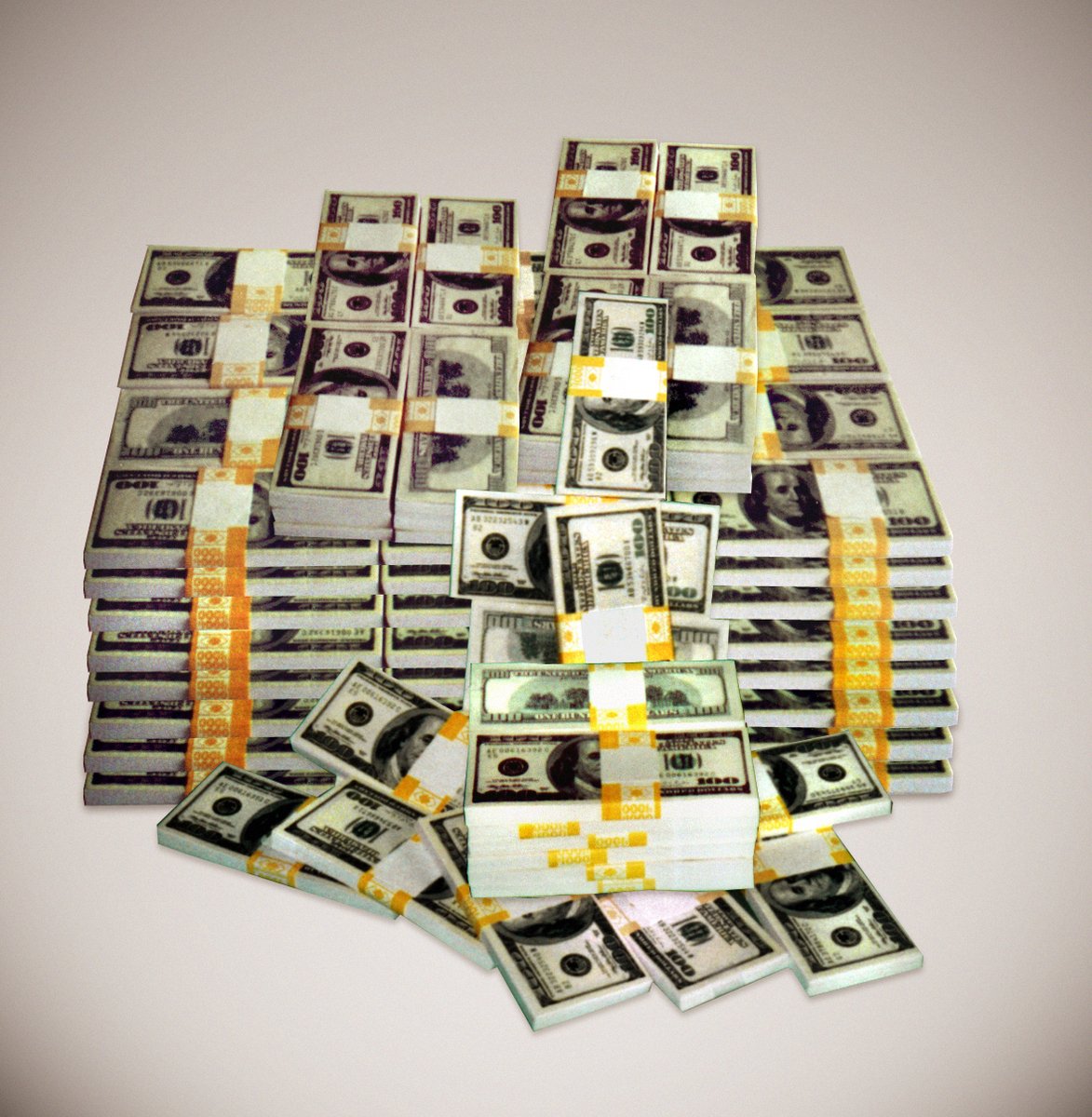

"It's worth noting that we're only a few days away from Bilski case turning 8."Yesterday we wrote about U.S. Patent No. 10,000,000, which would also be invalid under Alice, according to Benjamin Henrion. He took a look at it and said that "it is mostly a computer program making some calculations about data coming from a sensor. Could be challenged under Alice."
"Maybe Unified Patents should file an IPR, even just to make a statement about US patent 10,000,000," I responded. U.S. Patent No. 10,000,000 is epic in the sense that it can serve to show what low quality US patents have sunk to. But here comes Dennis Crouch, a patent maximalist, glorifying the said patent. How long will they obsess over the number?
Either way, Alice (marking demise of software patent in the US at the Supreme Court) has just turned 4 and the software patents boosters at Fenwick & West still moan about it. A few days ago Greg Hopewell wrote:
Stepping back, it has now been exactly four years to the day of the Alice decision (June 19, 2014) and four more since Bilski (June 28, 2010). While it has become almost stereotypical to end many discussions of this subject with a call for a legislative solution, this case and others highlight the continuing difficulty in reliably applying the “directed to” and “something more” tests. Even if the application of these tests were reliable to experts who have read a great many 101 cases and could agree on resolving particular claims, the everyday patent examiner, judge, and inventor does not have the time to develop the judgment and expertise to reliably apply such a nuanced test. As reflected in the recent denials for en banc review of Aatrix and Berkheimer, there continues to be a need for clearer, easy-to-apply boundaries that could be resolved legislatively.
This week marks the fourth anniversary of the Supreme Court’s decision in Alice v. CLS Bank. In Alice, the court ruled that an abstract idea does not become eligible for a patent simply by being implemented on a generic computer. Now that four years have passed, we know the case’s impact: bad patents went down, and software innovation went up.
Lower courts have applied Alice to throw out a rogues’ gallery of abstract software patents. Counting both federal courts and the Patent Trial and Appeal Board, there are more than 400 decisions finding patent claims invalid under Alice. These include rulings invalidating patents on playing bingo on a computer, computerized meal plans, updating games, and many more. Some of these patents had been asserted by patent trolls dozens or even hundreds of times. A single ruling threw out 168 cases where a troll claimed that companies infringed a patent on the idea of storing and labeling information.
EFF’s Saved By Alice project collects stories of small businesses that used the Alice decision to defend themselves against attacks by entities asserting abstract software patents. Our series includes a photographer sued for running a website where users could vote for their favorite photo. Another post discusses a medical startup accused of infringing an extremely broad patent on telehealth. Without the Alice ruling, many of these small businesses could have been bankrupted by a patent suit.
Meanwhile, software innovation has thrived in the wake of Alice. R&D spending on software and Internet development shot up 27% in the year following the Supreme Court’s decision and has continued to grow at a rapid rate. Employment growth for software developers is also vastly outpacing growth in other sectors. At the end of 2017, PwC concluded that the “computer and software industries still shine in the R&D stakes, outperforming all other organizations in terms of billions spent.” A recent paper found evidence that the increase in software R&D was linked to the Alice decision.
"Alice has been a nightmare to the patent microcosm but a blessing to companies which actually make something."No software patents (or a de facto ban on them) celebrated by a front group of technology companies. Alice just means more peace of mind and safety for software developers, less risk no matter the company's size. HTIA then joined in: "We love this video by @EngineOrg ! #SCOTUS's #Alice decision improves #patent quality! #IP #InnovateWithoutFear"
HTIA too is a front group of technology companies. They have a common cause with us in the sense that they support the Patent Trial and Appeal Board (PTAB).
Alice was also mentioned by CCIA's Josh Landau. It's another front group of technology companies, both large and small. Landau says "More Evidence Is In—Alice Has Been Good For R&D," alluding to "a recent paper [which] has provided evidence that Alice’s impact on R&D investment has been positive." From the Patent Progress blog:
Tuesday marked one milestone—utility patent number 10,000,000. But it also marked a far more important milestone—the 4-year anniversary of the Alice decision. Looking back on those 4 years, Alice has been a clear success in eliminating patents that never should have issued. It’s had a very limited impact on patent prosecution, with most applications entirely unaffected and affected applications as likely to be allowed as not. And a recent paper has provided evidence that Alice’s impact on R&D investment has been positive.
[...]
The paper suggests a primary mechanism for this is the ability of companies to shift spending away from defensive patenting into R&D. In other words, with the risk of being sued on a low quality patent reduced by Alice, firms were both able and willing to spend more money on R&D.
Contrary to the predictions at the time of Alice and contrary to unsupported statements made more recently, Alice has not only not been “the death of hundreds of thousands of patents” or “devastated” research, but in fact appears to have helped the software industry and R&D in general develop even faster.